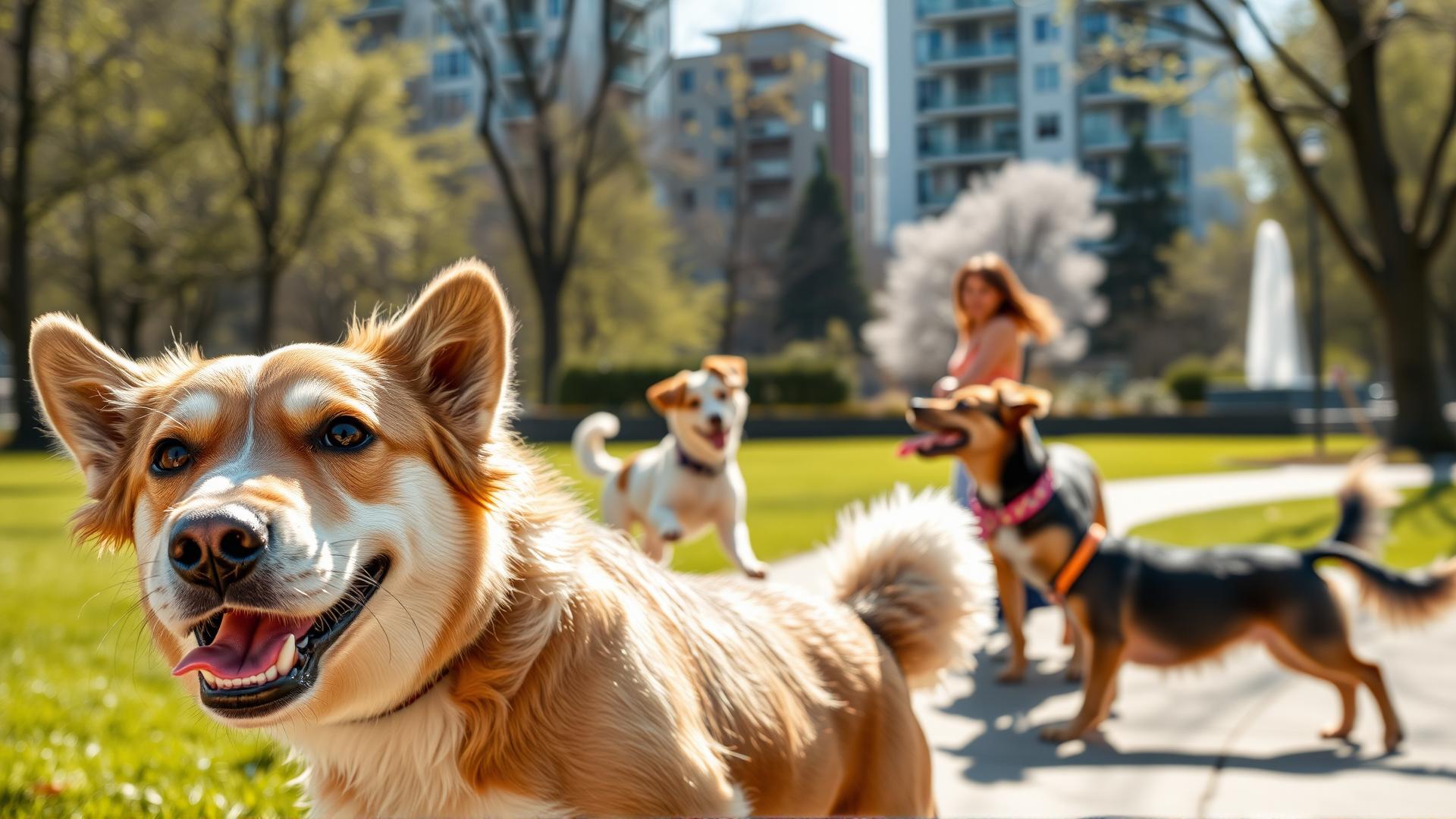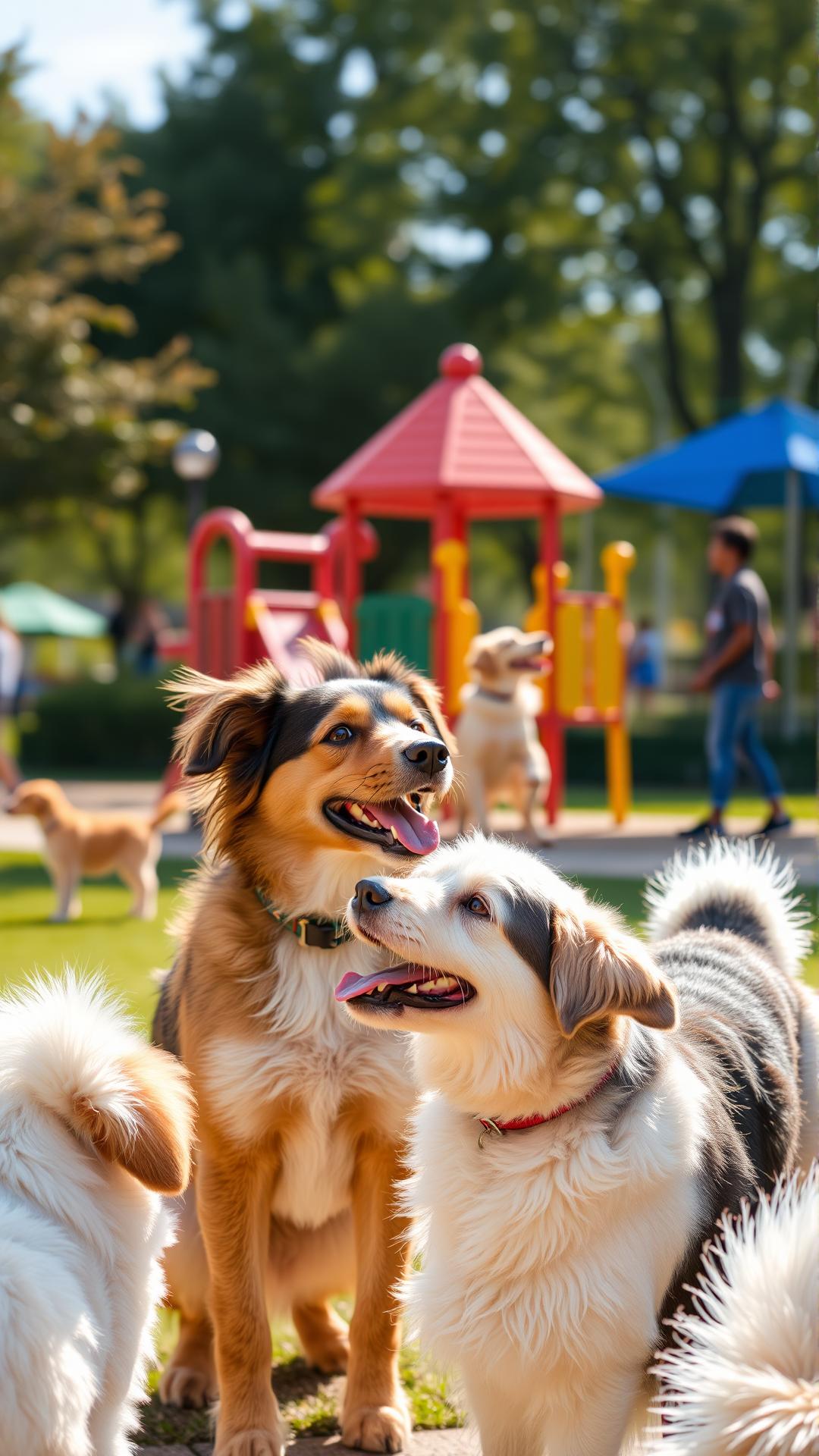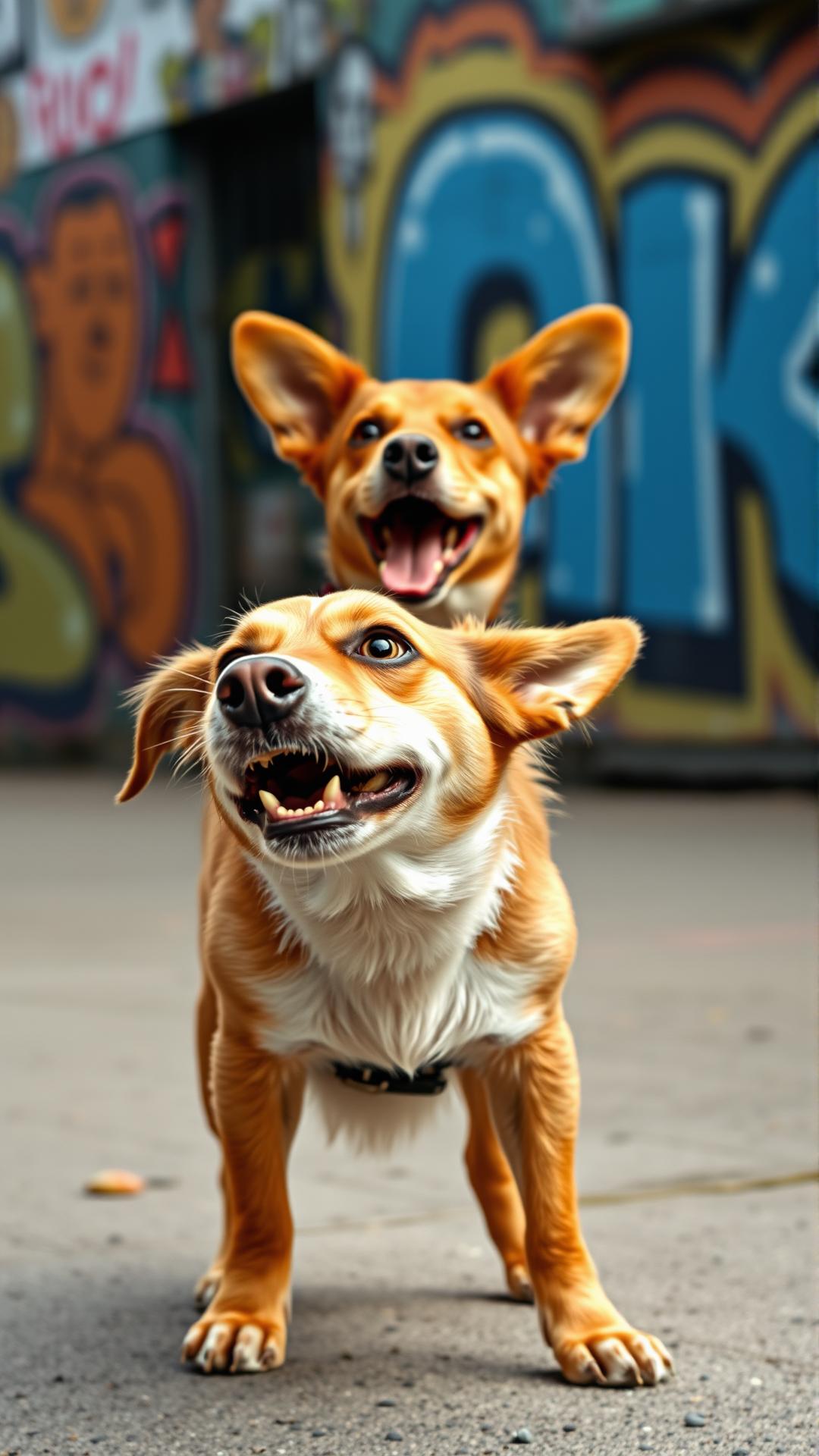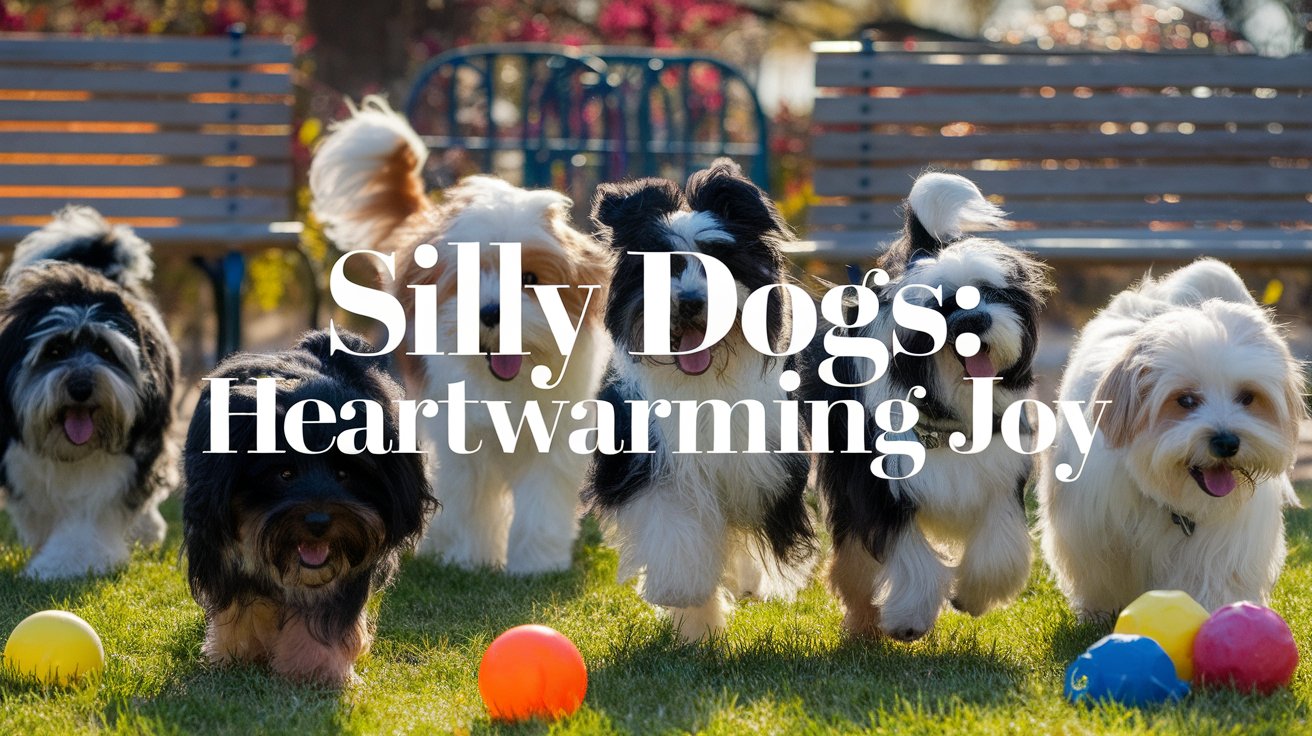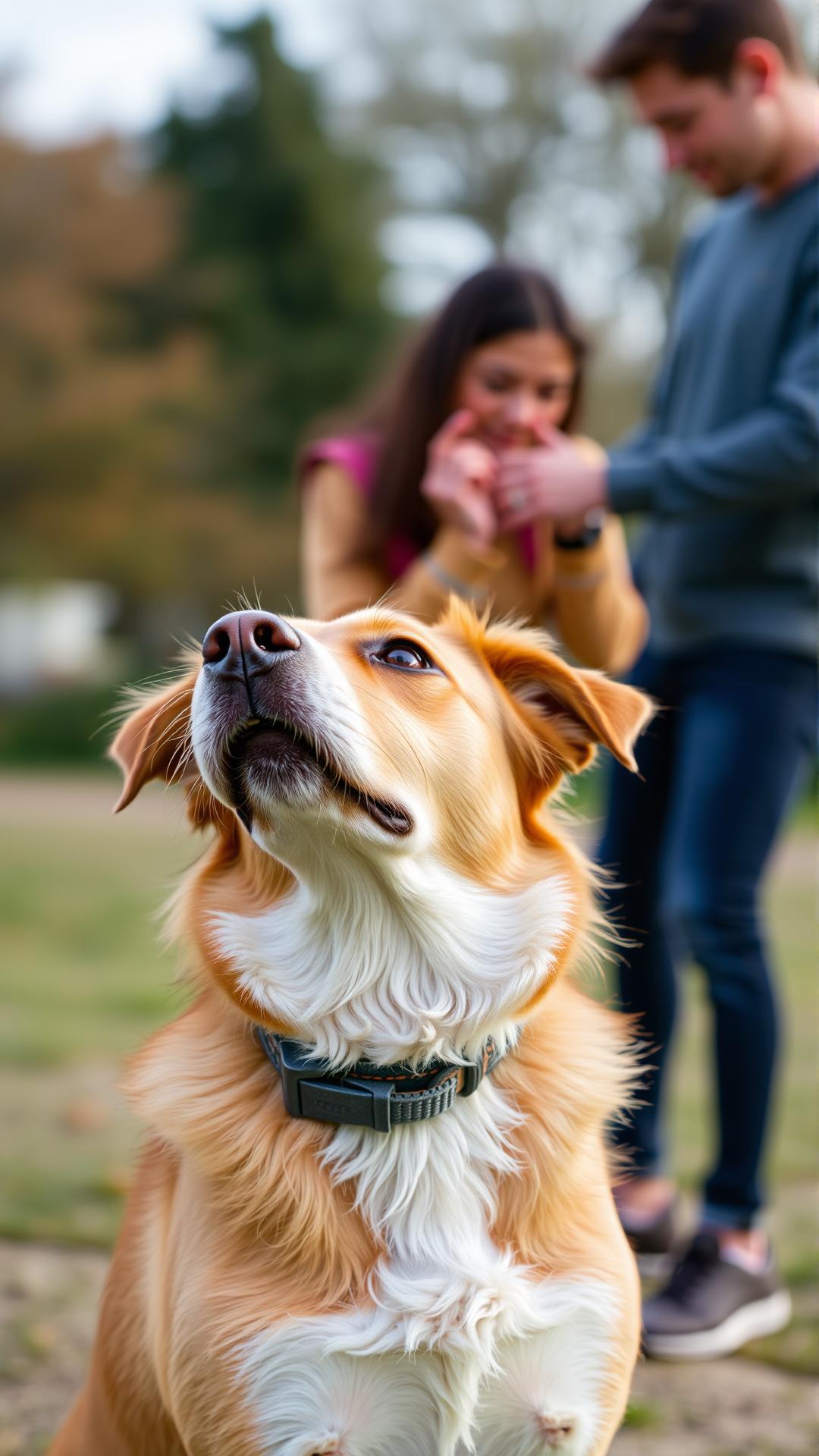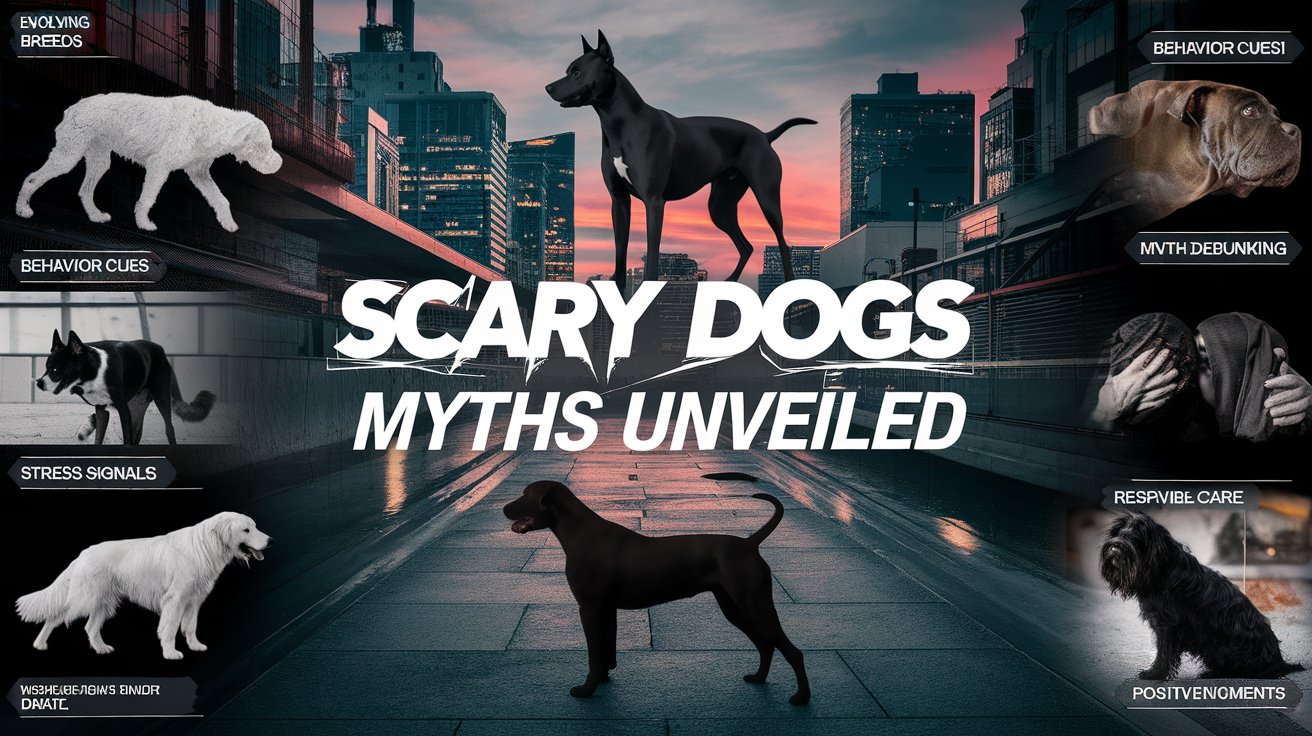Introduction
The world of canine behavior is as dynamic as it is fascinating, particularly when discussing the peculiarities often associated with a ‘crazy dog’. Dogs exhibit a myriad of behaviors that may leave even experienced pet owners scratching their heads. From wild antics that make us chuckle to moments of sheer affection, understanding why our dogs act in such ways provides insight into their emotions and needs. These behaviors are not simply random but can often be explained through their communication methods, social interactions, and evolutionary influences.
Dogs communicate through various means, including vocalizations, body language, and more. For instance, barking isn’t merely noise; it can express excitement, fear, or a desire for attention. Recognizing these signals is essential for fostering a healthy relationship with our pets. Additionally, meme culture highlights these behaviors in humorous ways, creating an entertaining visual narrative around dog antics. By exploring dog behavior and communication, we can not only appreciate our furry friends more but also enhance their well-being through better understanding.
Understanding Dog Communication The Quirks of Vocalization and Body Language
Dogs are equipped with a remarkable ability to communicate, both amongst themselves and with humans. This communication occurs through a combination of vocalizations and body language, each serving a unique purpose in expressing their feelings and intentions. Grasping these nuances helps deepen the bond between dogs and their owners.
The Language of Barking and Other Vocalizations
Barking is perhaps the most recognized vocal expression in dogs. While some may perceive it solely as noise, there’s more beneath the surface. Different types of barks can signify varied emotions, such as excitement, fear, or a warning. A high-pitched bark may indicate playfulness, while a deep, guttural bark often acts as a warning to intruders. Other vocalizations, such as growls, whines, and howls, also convey distinct messages. Growling can signify discomfort or a desire for space, whereas whining might indicate anxiety or a need for attention.
Dogs may use howling as a form of long-distance communication, linking back to their wild ancestors. This behavior can elicit responses from other dogs or humans, fostering social connections and alerting others to their presence.
Reading Body Language: The Silent Signals
Dog body language is equally vital in understanding their communication. Tail position, ear orientation, and overall posture provide critical insights into their emotional state. For instance, a wagging tail doesn’t always equate to happiness; a slow wag may indicate uncertainty, while a rapid wag often suggests excitement. Likewise, raised ears can signal alertness or curiosity, while flattened ears typically denote fear or submission.
Facial expressions also play a role. A dog with a relaxed mouth and soft eyes is usually comfortable and friendly, while a stiff posture or bared teeth indicates aggression or discomfort. Being aware of these subtle signs allows owners to respond appropriately to their dog’s needs and emotions, fostering a harmonious relationship.
Understanding these various methods of communication enhances the connection between dogs and their humans. Recognizing vocalizations and interpreting body language effectively can help address behavioral issues and create a nurturing environment for our playful companions.
The Importance of Socialization Influences on Dog Behavior and Communication
Socialization plays a pivotal role in shaping a dog’s behavior and communication skills. The interactions dogs have with other animals and humans are crucial for developing their social competencies and emotional well-being. From a young age, exposing dogs to varied environments and experiences not only enhances their confidence but also helps them understand social cues effectively.
Benefits of Socializing with People
When dogs interact with people, they learn to gauge human behavior and emotions through voice tone, body language, and facial expressions. These are often referred to as the “meme faces” of human social interaction. Understanding these cues helps dogs navigate our world more comfortably, leading to improved behavior and stronger bonds with their owners. Socializing dogs with different individuals exposes them to various attitudes, fostering adaptability and decreasing the likelihood of fear or aggression towards strangers.
Regular social exposure can lead to a dog that is less anxious and more engaging with others. The benefits of this social habit are ample:
- Reduced fear-based reactions: Dogs trained through positive socialization are less likely to exhibit fearful behaviors in new situations.
- Improved training response: A well-socialized dog is typically more responsive to training commands, as they are accustomed to diverse stimuli and interactions.
- Strengthened bonds: Positive experiences with different people foster a sense of security, allowing for deeper emotional connections between dogs and their owners.
Benefits of Socializing with Other Animals
Equally important is socialization with other animals. Engaging with other dogs and pets helps to refine a dog’s communication skills and social behavior. Through play and interaction, dogs learn to decipher various canine body language and vocalizations, which are vital to their social toolkit. Observing and participating in these interactions can mold their behavior, teaching them lessons about boundaries, social hierarchies, and even how to share space effectively.
Here are some key advantages of socializing with other animals:
- Enhanced communication skills: Dogs learn to interpret and respond to the communication styles of other animals, leading to better overall social intelligence.
- Physical exercise: Social play with other dogs encourages running, jumping, and other physical activities, promoting better health.
- Reduced behavioral issues: Regular interaction with other dogs decreases the chance of developing anxieties or aggression towards their species.
Socializing our canine companions is an investment that reaps extensive rewards in their lives, whether interacting with humans or mingling with fellow animals. The ability to communicate effectively across social spectrums enriches their experience and enhances their capacity to express themselves in the world.
Crazy Antics and What They Mean Decoding Unconventional Dog Behaviors
Understanding the Quirks of Our Canine Companions
When we observe our dogs engaging in what might seem like ‘crazy’ behavior, it can often lead to confusion and amusement. These eccentric antics—like zoomies, barking at the mailman, or diligently digging in the backyard—are not merely random acts of canine chaos; they can be rich with meaning, reflecting your dog’s instincts, emotions, and social experiences.
One of the most commonly mentioned behaviors that puzzle dog owners is the infamous zoomies, or the “frenetic random activity periods” (FRAPs). During these exhilarating episodes, dogs may dash around the house or yard, seemingly oblivious to their surroundings. This behavior is often a release of pent-up energy and joy, and it can be triggered after a bath, a long nap, or an exciting event, such as a visit to the dog park. The zoomies serve not just as a way to burn off excess energy; they also allow dogs to express their happiness and relish in the simple thrill of movement. It’s their internal playlist of exuberance playing out in real-time!
Another common canine scene is barking, especially when a surprise visitor, like the mailman, approaches. Dogs are naturally territorial creatures, and vocalizing their presence is part of their instinctual behavior. Barking serves multiple purposes: it’s a warning to you, a communication to the intruder, and sometimes even a way to release frustration. Understanding that this is tied to innate protective instincts may help you manage this behavior more effectively, perhaps by redirecting it through training or positive reinforcement.
Then there’s the thrill of digging, which dogs often do for various reasons. While it may seem merely like a mischievous act, digging can also stem from instincts to search for cool soil, buried treasures, or even a cozy place to nap. Engaging in this behavior can offer both mental and physical stimulation, particularly for high-energy breeds. Providing your dog with an outlet for this behavior, such as a designated digging pit, can redirect their excitement into a more controlled environment.
Sometimes the ‘crazy’ behaviors of dogs reflect their unique personalities, instincts, and emotional states. As we learn to interpret and appreciate the meaning behind these antics, we can deepen our bond with our furry companions, setting the stage for a more profound understanding as we transition to explore the emotional intelligence of dogs in the next chapter.
Dogs and Emotional Intelligence How Their Understanding of Human Emotions Affects Behavior
The emotional intelligence of dogs is a fascinating subject that sheds light on their unique capabilities. Research shows that dogs can perceive and respond to human emotions in ways that often surprise us. This ability stems from a long history of domestication that has formed a deep bond between humans and their canine companions. Dogs are attuned to the emotional states of their owners, often responding with behaviors that reflect understanding and empathy.
Canine Perception of Human Emotions
Dogs have an extraordinary sense of smell and acute hearing, which helps them pick up on nuanced cues in human behavior. They can sense changes in body language, tone of voice, and even facial expressions. For instance, a dog may become more affectionate or playful when noticing their owner is happy, or conversely, they might show signs of anxiety or concern when they sense sadness or anger. This sensitivity plays a significant role in their behavior, allowing them to modify their actions based on the emotional climate of their environment.
The Impact of Owner Emotions on Dog Behavior
When a dog observes its owner experiencing particular emotions, it can lead to observable changes in behavior. For example, dogs may exhibit heightened levels of excitement when their owners show enthusiasm, leading to a flurry of playful antics that could be perceived as ‘crazy.’ On the contrary, if they identify stress or distress, they might choose to be more protective or even withdraw. This responsiveness is not just a simple reaction; it indicates a profound understanding that dogs have toward their owners’ emotional states.
Studies suggest that dogs are capable of distinguishing between different emotional expressions. They can differentiate between a happy and a sad face, often responding with attention or comfort toward their owners when they are upset. This emotional intuition illustrates not only their intelligence but also the intrinsic bond that exists between humans and dogs, reinforcing the idea that they are truly our companions in every sense of the word.
The emotional capabilities of dogs significantly influence their behavior. Understanding this connection helps us appreciate their playful quirks and idiosyncrasies, as these behaviors are often a direct reflection of their emotional engagement with us. As we continue to discover more about their emotional intelligence, it becomes increasingly clear that our dogs are deeply in tune with our feelings and respond to them in ways that enrich our shared lives.
The Role of Memes in Dog Culture
Understanding Dog Behavior Through Memes
The influence of social media on the perception of dog behavior has grown tremendously, with memes becoming a vital aspect of this transformation. Memes serve as a form of communication that condenses complex emotions or behaviors into an easily digestible format, often featuring hilarious and relatable moments that resonate with dog owners. These digital expressions not only provide entertainment but also shed light on the quirky behaviors that make our canine companions so endearing.
Memes often highlight the absurdity of everyday dog antics, showcasing instances that evoke laughter or sympathy. For example, the “I’m going crazy” meme face, depicting a bewildered or overexcited dog, perfectly captures moments when our pets seem to lose control—whether it’s jumping in a puddle or chasing their own tail. These funny reaction pictures encapsulate the essence of dog behavior in ways that encourage a collective understanding among pet owners. Such shared experiences help to bond the community, making it clear that silly antics are part of being a dog parent.
Interpreting Dog Behavior Through Humor
The charm of dog memes lies not only in their humor but also in their ability to reflect on the emotional landscape that dogs navigate daily. By portraying moments like a puppy experiencing its first snowfall or an older dog attempting to play fetch with a worn-out toy, these memes create a narrative that many dog owners can relate to. They often relay a message that speaks to how dogs express joy, distaste, or curiosity—emotions that we, as their human companions, can often read in just a glance.
Memes can function as a light-hearted commentary on the challenges of dog ownership. They depict the struggle of a dog refusing to budge during a walk or the chaos created by a young pup teething on furniture. This humorous approach demystifies the challenges involved in raising a dog, allowing owners to feel camaraderie in the sometimes overwhelming journey. As a result, these memes foster an environment where both the strengths and quirks of dog behavior are embraced, enriching the dog-owner experience.
In this way, memes not only entertain but also nurture an overarching understanding of our dogs’ unique personalities and the complexities of their behaviors. As we engage with meme culture, we find shared moments that remind us of why we love these crazy, charismatic companions, enhancing our appreciation for the valuable role they play in our lives.
Building a Better Relationship with Your Dog
Enhancing Communication: Understanding ‘Crazy’ Behaviors
Effective communication between dogs and their owners is pivotal in fostering a harmonious relationship. Firstly, recognizing the nuances of your dog’s behavior can significantly enhance your understanding of its needs and feelings. A dog’s ‘crazy’ antics often stem from excitement, anxiety, or a desire for engagement. By being aware of their body language and vocalizations, you can decode many of these behaviors.
One of the most poignant ways to relate to your dog is through observation. Take note of when your pet exhibits ‘crazy’ behavior, such as zoomies or sporadic barking. These moments are not merely random outbursts; they can imply joy, stress, or an urgent need for attention. Using a consistent command like “settle down” can help to guide your pup back to a calmer state, reinforcing positive behavior while also helping you communicate effectively with them.
Consistency plays a key role in building that understanding. Use the same commands and rewards for specific behaviors. For instance, when your dog performs a trick, immediately reward it with treats, praise, or playtime. This creates a solid association in their mind, making it easier for them to understand what pleases you. Establishing a routine not only helps your dog feel secure but also strengthens your bond through predictable interactions that your pet can rely on.
Engagement is another effective method. Playtime acts as both a physical outlet for your dog’s energy and a means of communication. Playful behaviors, such as bounding after a ball or tugging on a rope, are signals from your dog expressing happiness and a desire for companionship. Engaging in interactive games allows you to experience their playful nature firsthand while further clarifying your understanding of their moods and needs.
Consider your dog’s unique personality. Just like people, dogs exhibit a range of temperaments. Some may be more prone to anxiety, necessitating a gentler approach, while others may thrive on high-energy play. Recognizing these traits will help you tailor your communication strategies to suit your pet’s individual quirks, enhancing the bond you share and allowing you both to enjoy a fuller, more diverse range of interactions.
Conclusions
The amusing and often bewildering behaviors exhibited by dogs, sometimes deemed ‘crazy’, are rooted in a complex system of communication. Understanding these behaviors allows dog owners to respond appropriately to their needs and emotions, enhancing the bond they share. From their quirky barks to their playful body language, dogs have profound ways of telling us exactly how they feel.
The relationship between humans and dogs is uniquely intertwined, making it crucial for us to learn about their means of communication. This journey not only enriches our understanding but also leads to a more fulfilling experience for both the dog and its owner. By embracing the eccentricities of a ‘crazy dog’, we celebrate the joyful spirit that dogs bring into our lives.

